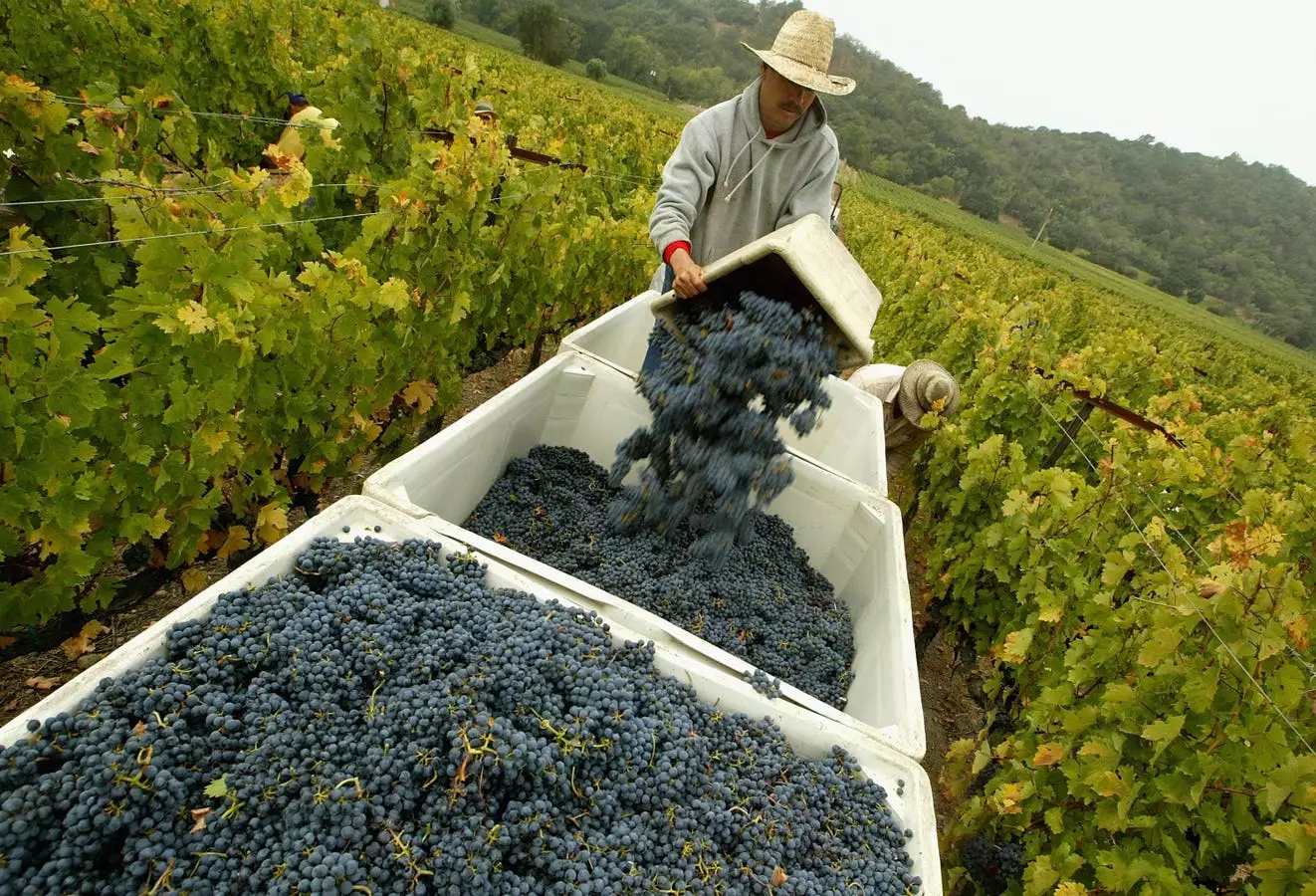The recent publication of the “State of the U.S. Wine Industry” report has painted a vivid picture of the current landscape and future prospects for wine producers across the nation. Established by Rob McMillan, an executive vice president at Silicon Valley Bank, the report emphasizes a mix of humor and practical insights while providing a nuanced analysis of trends that have a profound impact on the sector. As we delve into the findings of this comprehensive report, it becomes clear that the wine industry is standing at a crossroads; adaptation and innovation will be essential to navigate the challenges that lie ahead.
According to the report, the growth of the U.S. wine sector has hit a plateau, estimated to hover around zero growth. This stagnation arises from various factors, notably a shift in consumer preferences among younger generations who are increasingly turning to low or zero-alcohol alternatives. In essence, the traditional notion of wine appreciation is facing strong competition from a variety of beverages that cater to changing palates and lifestyles. Moreover, the aging population of wine enthusiasts is witnessing a decline, both through natural attrition and reduced consumption levels.
California’s impending production decreases are of particular concern; the projections suggest that by the end of 2024, the state will crush a mere 3.2 million tons of grapes—the lowest volume since 2008. This oversupply in some regions is causing tensions that will inevitably lead to a market correction. McMillan aptly notes that wine producers must rethink their strategies and align more closely with the preferences of the 30-45 age group if they want to rekindle interest and participation from younger consumers.
Today’s wine market is characterized by fierce competition from an array of alcohol and non-alcoholic options. As highlighted in the report, the industry must break through the noise by repositioning and creatively marketing products to resonate with contemporary consumers. Furthermore, with the looming threat of economic fluctuation and labor shortages, producers need to be proactive rather than passive in their strategies.
To combat oversupply and enhance sales, wineries may seek innovative solutions such as flash sales and the development of private label products. The latter presents fresh opportunities, allowing producers to repackage and sell under different branding, similar to successful practices seen in France. With the likelihood of increased discounting and promotional offerings, consumers could be in for unprecedented opportunities to acquire high-quality wines at competitive prices. McMillan optimistically mentions that while the established brands may need to lower their prices, the resulting era will benefit savvy consumers looking for excellent value.
COVID and Economic Aftershocks: The Industry’s Response
Reflecting on the aftermath of COVID-19, premium wineries have witnessed a significant downturn in sales growth, shifting from impressive highs during the pandemic to negative growth. While the highs were impressive, such as the peak growth of 18.6% in 2021, the eventual plummet to a staggering -3.4% underscores the industry’s need for resilience and adaptability. Interestingly, 28% of industry insiders surveyed anticipated disappointment for the year ahead compared to previous forecasts, showcasing a growing concern regarding future profitability and economic stability.
Compounding these challenges, factors such as fluctuating consumer demand, alternative beverage trends, and ongoing labor shortages continue to plague the market. California’s Central Valley, which is responsible for a large majority of the nation’s wine production, has reported particularly bleak sentiment, reflecting the mood across a significant segment of the industry.
Despite the daunting landscape painted by the report, McMillan remains hopeful, asserting that the wine industry is on the brink of transformative evolution. While many winery owners reported financial health that could be characterized as merely ‘good,’ a considerable portion of industry professionals recognized the potential for a recovery rooted in durability and creativity.
This transition period could see established wineries leverage their historical strengths, ultimately navigating their way through with strategic pivots and innovative solutions. Although 2024 may present challenges, the opportunity for rejuvenation through targeted campaigns, repositioning, and direct engagement with younger consumers remains a possibility.
While the State of the U.S. Wine Industry report uncovers unsettling truths, it also reveals an industry ripe for change. By embracing an active approach and leveraging its inherent resilience, the U.S. wine industry can work towards a brighter and more vibrant future. The path forward may not be straightforward, but with creativity and determination, significant opportunities await the next generation of wine producers and consumers alike.

